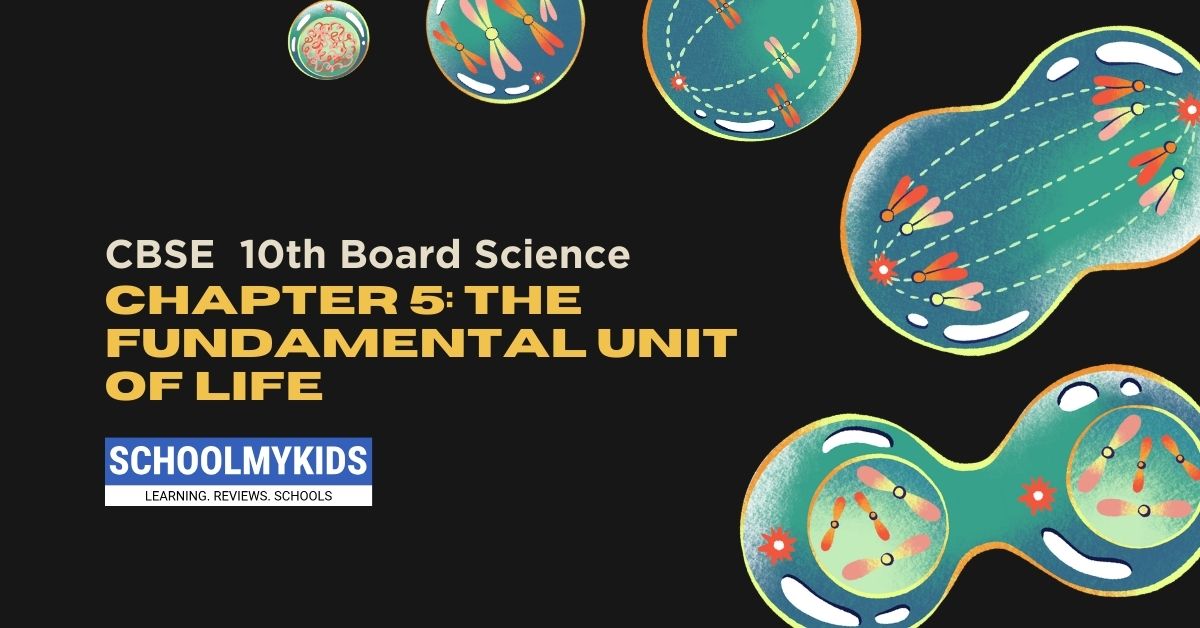I. Introduction
- What is life?
- List some defining characteristics of living organisms, such as growth, reproduction, metabolism, adaptation, and response to stimuli.
- The Cell as the Basic Unit of Life
- Introduce the concept of the cell as the fundamental unit of life, the building block of all living things.
II. The Cell Theory
- Historical Development
- Briefly discuss the contributions of scientists Schleiden, Schwann, and Virchow to the development of the cell theory.
- Tenets of the Cell Theory
- Clearly state the three main principles of the cell theory:
- All living organisms are composed of cells.
- Cells are the basic unit of structure and function in living things.
- New cells arise only from pre-existing cells.
- Clearly state the three main principles of the cell theory:
III. Basic Structure of a Cell
A. Common Components of Cells (present in both plants and animals)
- 1. Cell Membrane:
- Explain the structure of the cell membrane as a phospholipid bilayer.
- Describe its function as a gatekeeper, controlling the transport of materials in and out of the cell.
- 2. Cytoplasm:
- Define the cytoplasm as the jelly-like substance within the cell membrane.
- Differentiate between the cytosol (fluid) and the organelles suspended within it.
- 3. Nucleus:
- Describe the structure of the nucleus, including the nuclear envelope, nucleoplasm, and nucleolus.
- Explain the importance of DNA (deoxyribonucleic acid) stored within the nucleus as the genetic material.
B. Additional Components Found in Specific Cell Types
- 1. Plant Cells:
- Describe the cell wall, its structure (usually made of cellulose) and its function in providing support and protection.
- Explain the function of chloroplasts, the site where photosynthesis takes place in plant cells.
- Discuss the role of the large central vacuole in plant cells for storage of materials and waste disposal.
- 2. Animal Cells:
- Explain the function of lysosomes as the cell’s “digestive system” for breaking down waste materials.
- Briefly describe the centrosome and its role in organizing cell division (mitosis) in animal cells.
IV. Functions of Cell Organelles
- In this section, delve deeper into the specific functions of each major cell organelle mentioned previously:
- Cell membrane: Regulates transport of materials (selective permeability).
- Cytoplasm: Supports cellular structures and processes like movement.
- Nucleus: Stores and transmits genetic information through DNA.
- Ribosomes: Sites for protein synthesis.
- Endoplasmic reticulum (ER): Manufactures, transports, and modifies molecules (rough ER with ribosomes and smooth ER for other functions).
- Golgi apparatus: Packages, sorts, and secretes cellular products.
- Mitochondria: The powerhouse of the cell, responsible for cellular respiration and energy production (ATP).
- (Plant cells only) Chloroplasts: Capture sunlight and convert it into energy through photosynthesis.
- (Animal cells only) Lysosomes: Break down waste materials and worn-out cell parts.
- (Animal cells only) Centrosome: Organizes cell division (mitosis) by forming the mitotic spindle.
V. Cell Size and Shape
- Explain the relationship between cell size, shape, and function.
- Discuss factors limiting cell size, such as the surface area to volume ratio. As a cell gets larger, the surface area (for nutrient and waste exchange) doesn’t increase proportionally to the volume (the space needing nutrients and needing waste removed).
VI. Cell Diversity
- Emphasize the vast variety of cell shapes and sizes found in different organisms and tissues.
- Explain how the structure of a cell relates to its specific function within a multicellular organism. For example, muscle cells are long and thin for contraction, while nerve cells are long and branched for transmitting signals.
VII. Conclusion
- Recap the importance of cells as the fundamental unit of life, the building blocks from which all living organisms are constructed.
- Briefly mention cell division (mitosis) as the essential process by which new cells arise from existing ones, allowing for growth, repair, and reproduction.
Practice Questions on The Fundamental Unit of Life:
- What is one defining characteristic of living organisms that is not shared by non-living things?
- Answer: Metabolism (the ability to convert energy and raw materials into usable forms)
- Who is credited as a co-founder of the cell theory, proposing that all living things are composed of cells?
- Answer: Theodor Schwann
- What is the function of the phospholipid bilayer in the cell membrane?
- Answer: It controls the transport of materials in and out of the cell, acting as a selective barrier.
- What is the gel-like substance inside the cell membrane called?
- Answer: Cytoplasm
- What part of the cell stores the genetic material (DNA)?
- Answer: Nucleus
- What is the main function of chloroplasts in plant cells?
- Answer: Photosynthesis (capturing sunlight and converting it into energy)
- What organelle is responsible for breaking down waste materials within animal cells?
- Answer: Lysosome
- What limits the size a cell can grow to?
- Answer: Surface area to volume ratio (as a cell gets larger, it becomes difficult to efficiently transport materials across the cell membrane).
- Why are nerve cells in animals typically long and branched?
- Answer: Their shape allows them to transmit signals over long distances to other parts of the body.
- What is the process by which new cells are created?
- Answer: Cell division (mitosis)
Long Answer Questions on The Fundamental Unit of Life:
- Compare and contrast the structures of plant and animal cells. Discuss the specific functions of organelles unique to each cell type and how they contribute to the overall function of the organism.
- Explain the concept of the cell theory. How did the work of Schleiden, Schwann, and Virchow contribute to our understanding of cells? What are the limitations of the cell theory in the modern view of biology?
- Describe the process of cellular respiration. Explain the role of mitochondria in this process and how it generates energy (ATP) for cellular functions. Discuss the importance of cellular respiration for all living organisms.
- The Endoplasmic Reticulum (ER) is an organelle with diverse functions. Explain the different types of ER (rough ER and smooth ER) and their specific roles within the cell. How does the ER work with other organelles like the Golgi apparatus to process and transport materials?
- Proteins are essential building blocks of life and play a crucial role in many cellular functions. Explain the process of protein synthesis and the role of ribosomes, mRNA (messenger RNA), and tRNA (transfer RNA) in this process.
- Cell size is an important factor influencing cellular function. Discuss the challenges faced by large cells compared to small cells. How do organisms overcome these challenges to maintain efficient cellular function?
- Mutations in DNA can have significant consequences for an organism. Explain how the structure and function of DNA is linked to the expression of genes. How can mutations in DNA lead to genetic disorders and diseases?
- Stem cells have the potential to develop into different types of cells. Discuss the ethical considerations surrounding stem cell research and its potential applications in medicine.
- Multicellular organisms rely on coordinated communication between cells. Explain different mechanisms of cell communication, such as signaling molecules and gap junctions. How does cell communication ensure the proper functioning of tissues and organs?
- Viruses are often considered on the borderline between living and non-living entities. Discuss the characteristics of viruses and how they replicate within host cells. How does the understanding of viral structure and function aid in developing antiviral therapies?









Be the first one to comment on this story.